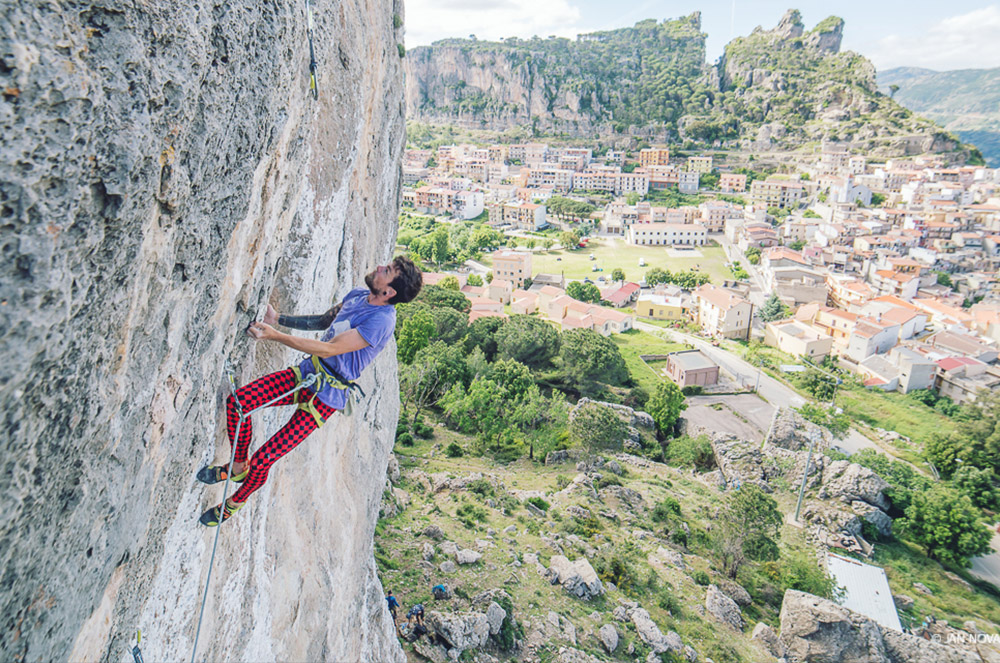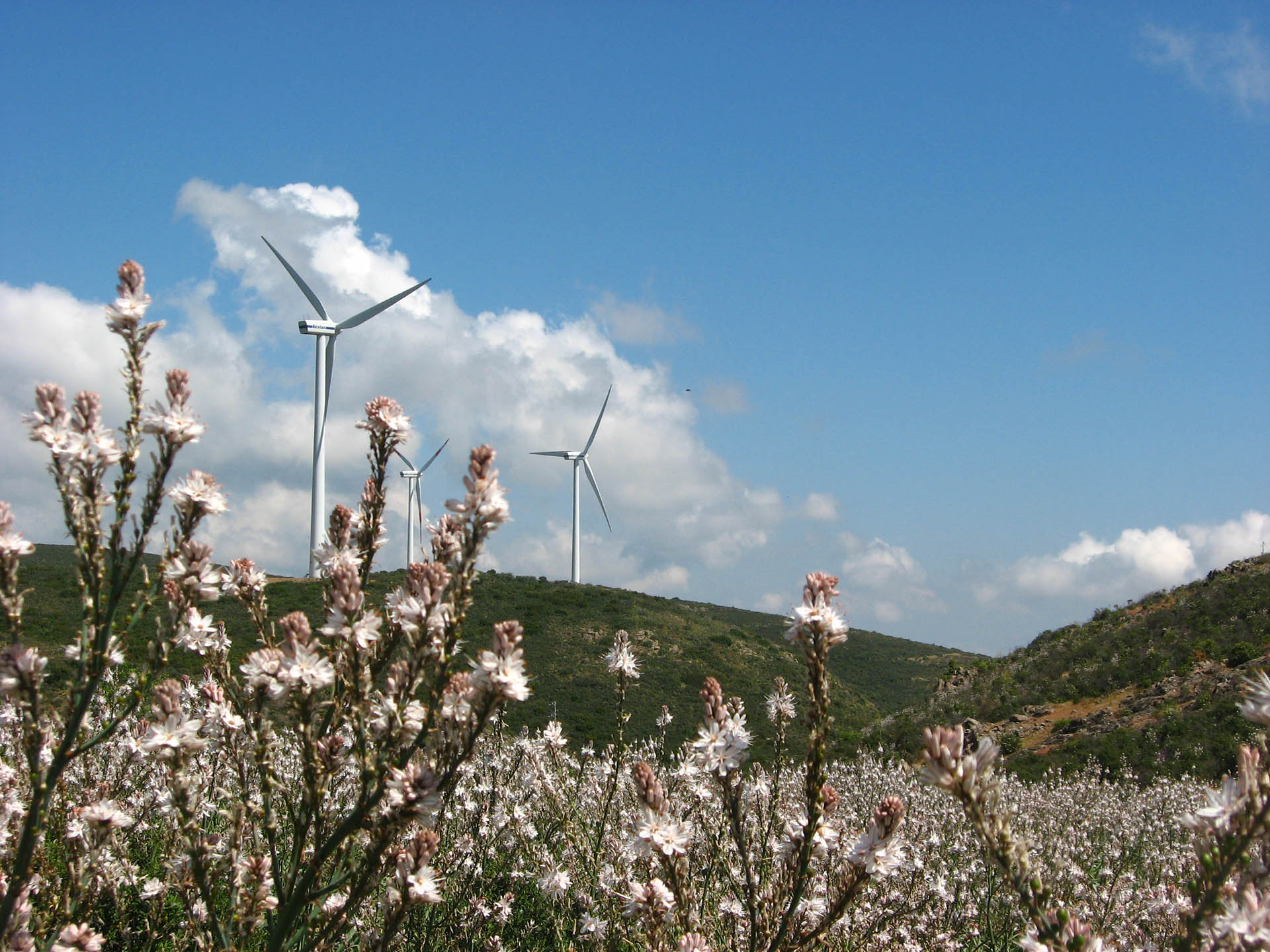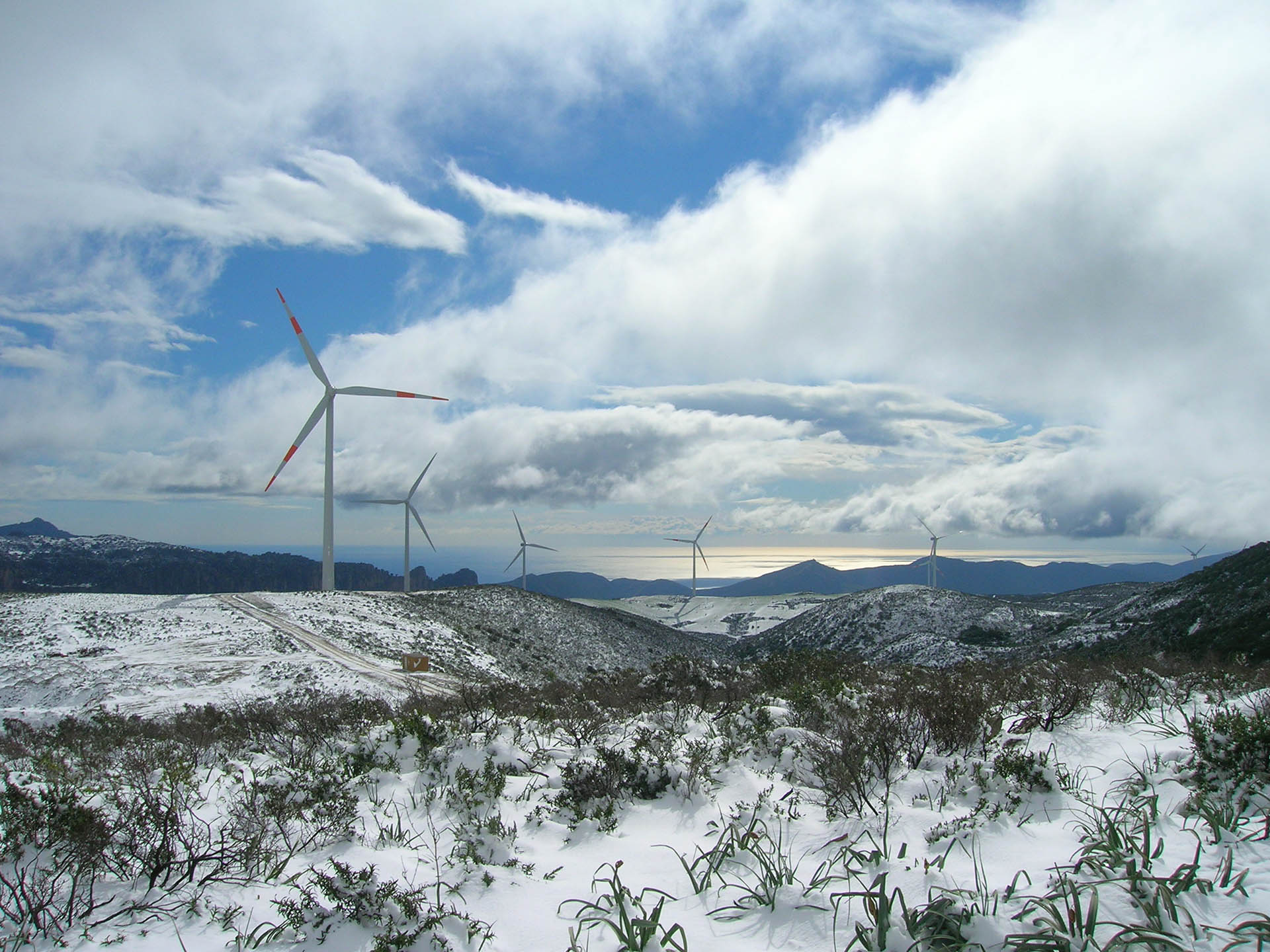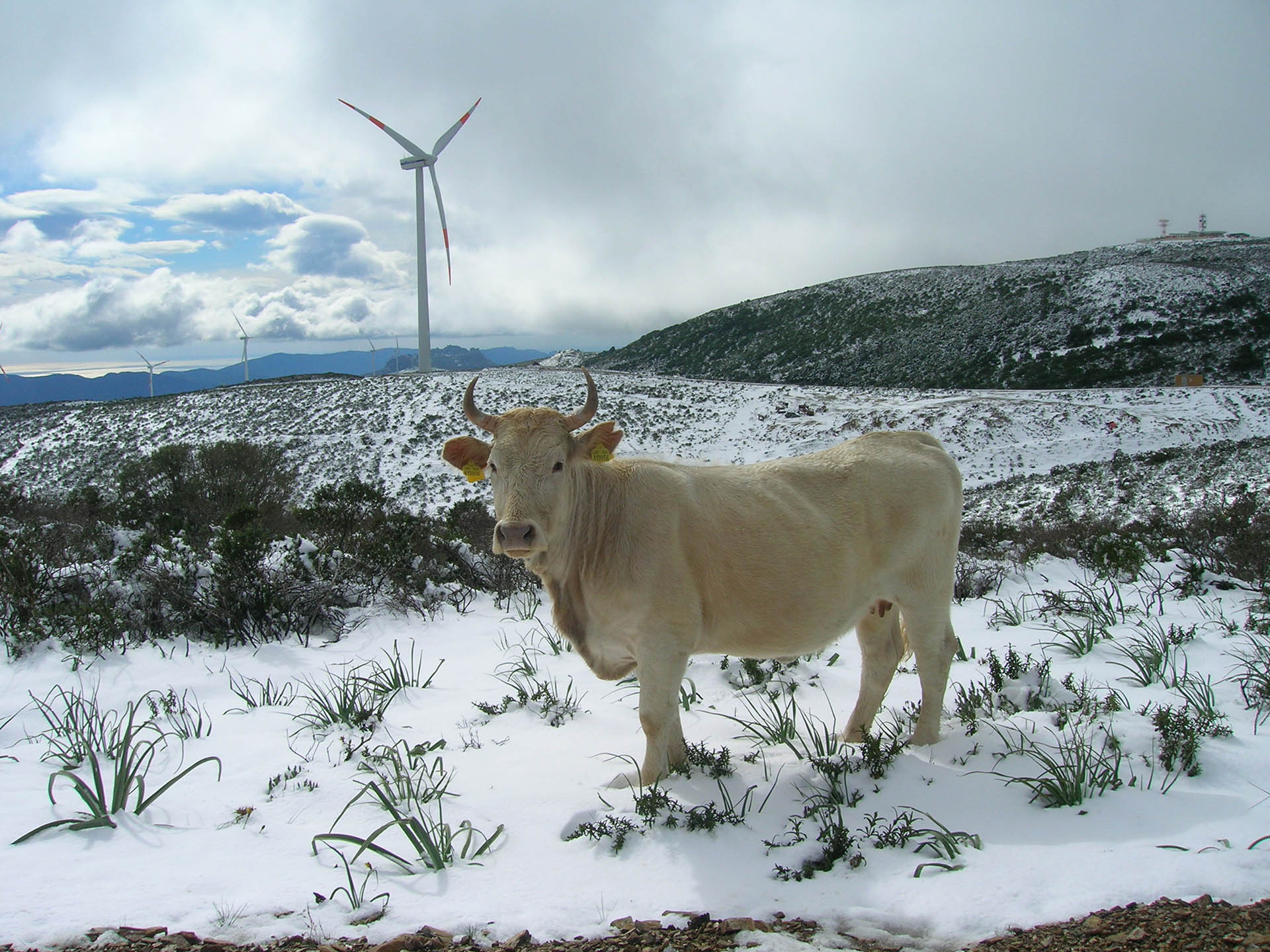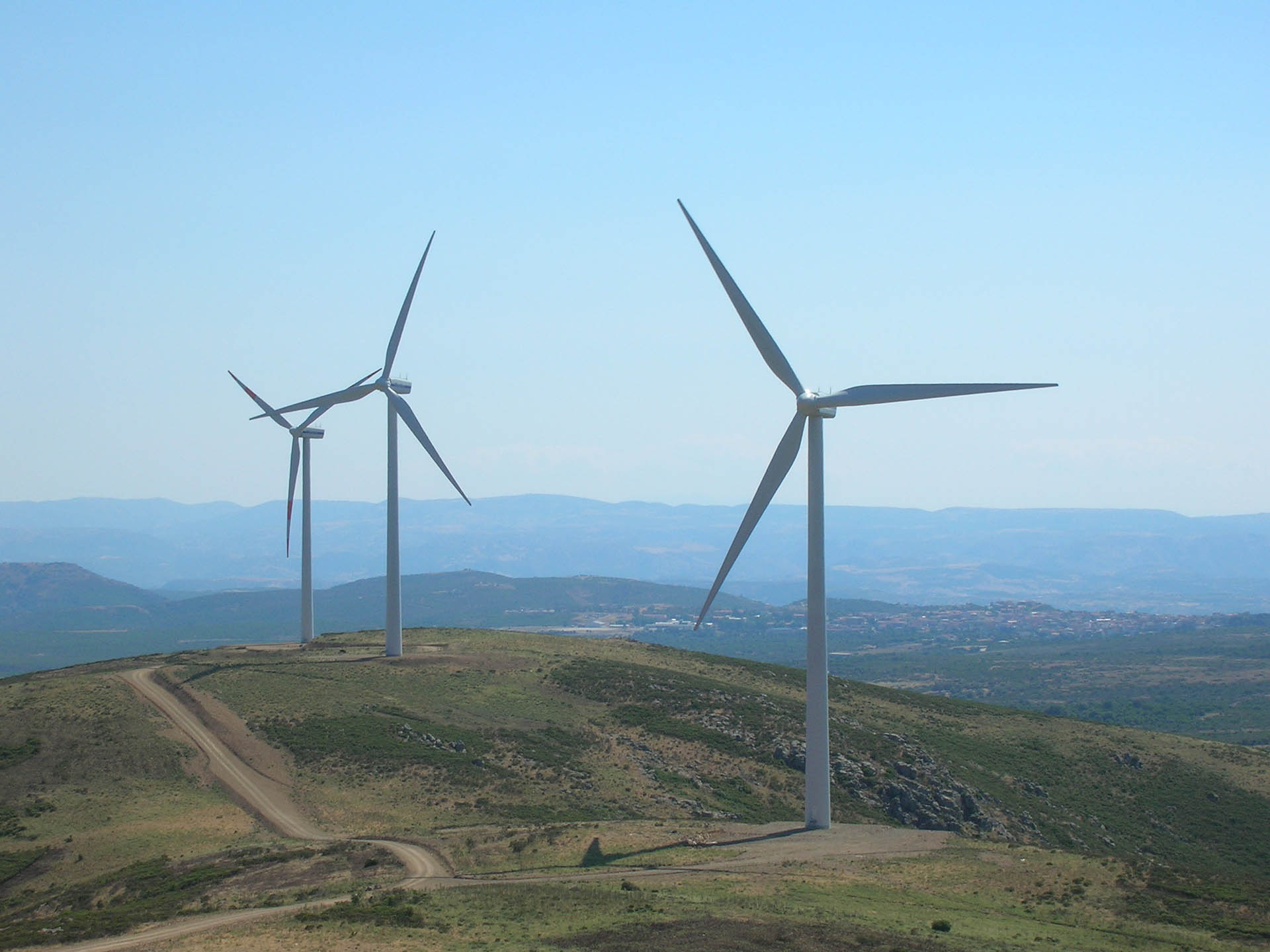Project Description
Ulassai
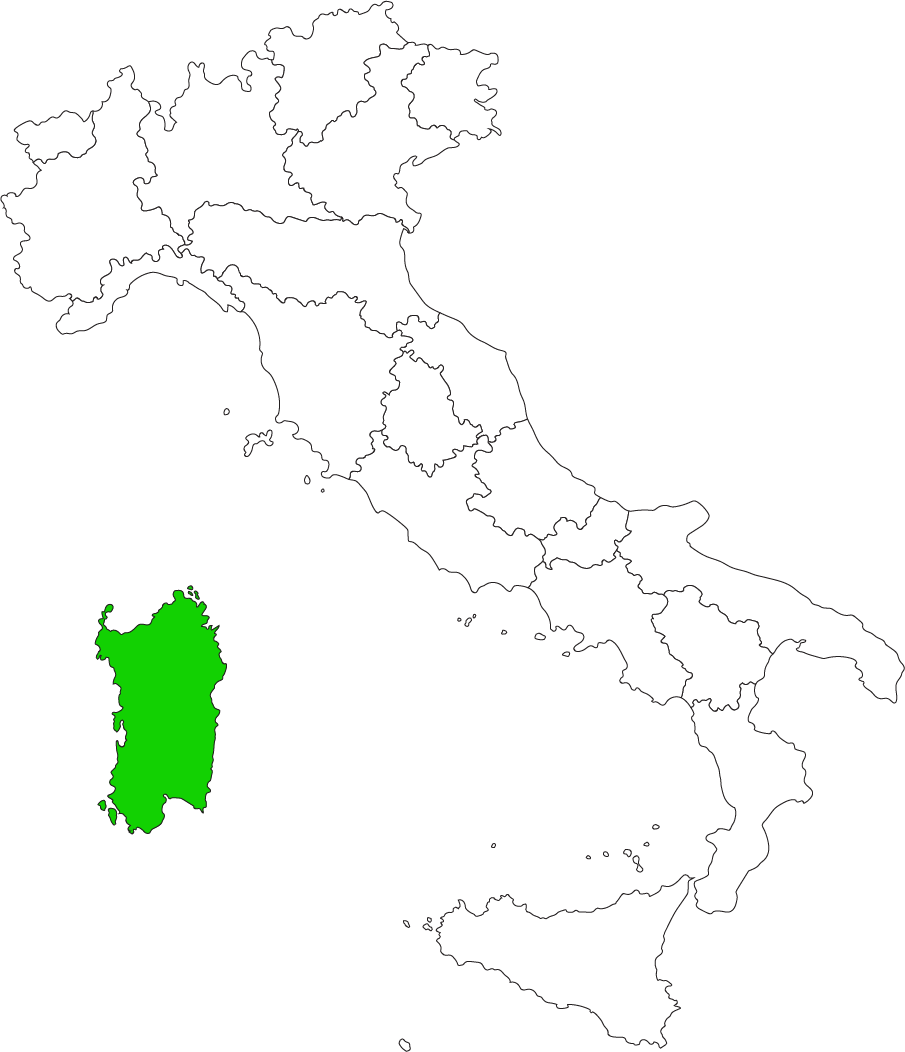
Ulassai

Where it is
You can get a glimpse of them already from the coast, before taking the road that heads up towards Ulassai, a small village that has kept almost intact the architectural features of old Sardinian villages. Perched on high, imposing, they look down over the surrounding terrain from their heights like stern guardians. They are the famous Tacchi dell’Ogliastra (the most well-known is the monolith Perda Liana), named due to their being shaped like the heel of an overturned shoe. Enormous rock outcrops of Dolomite limestone scattered over an area of about 30 square kilometres that are a feature of this hinterland of Sardinia. An immense natural park of these “Tacchi”, where everything is wild, barren and untouched.
The surrounding villages appear to be only an appendage, almost incidental to the landscape. The splendid sea of the eastern coast is only 20 minutes away by car from these mountains that rise up from 700 to 1,000 metres above sea level, but seems very far away. Here, the wildness of nature takes centre stage.
| Legend |
|---|
 Wind Farm Wind Farm |
Browse the map and discover the places to visit, where to eat and where to stay, chosen by Legambiente
Here, in the vast terrain, we find within its borders wonders of every type. From the waterfalls of Lequarci, near Santa Barbara, that cascade from an amphitheatre-shaped limestone cliff with a drop of 70 metres, to the renamed cave of Su Murmuri, famous for the beauty of its limestone formations, and especially for the majesty of its environs.
The cave is shaped out of Giurese limestone resulting from the force of water that over millions of years has excavated out an underground passage. A part of this old underground route has remained up to now and it is well worth visiting to admire its beauty with a pleasant walk of 45 minutes (managed by the cooperative Su Bullicciu).
Small paradise for sportsmen
Given that the formation of the Tacchi is a sort of small paradise for all hikers and sportspeople, it is not a surprise that the limestone walls of the area, along with the fantastic views, have made it one of the most famous destinations in Europe for rock-climbing. The first routes were established by the climber Maurizio Oviglia at the end of the 1980s in the Jerzu area, but over time other centres such as Ulassai and Osini have also been able to open up many different routes – you can find the climb you prefer as all tastes and levels are catered to – vertical walls, overhangs, plaques -, changing the Ogliastra area into an international destination for climbers.
Many of these meet here for the climbing festival, that traditionally takes place in early June (though stopped for 2 years due to Covid). In the last decade, many enthusiasts have even bought houses in the area to be able to freely practice their sport.
Instead, those who are not tempted to challenge the limestone cliffs, can walk the many trails, and there is no embarrassment for choice, considering that in this natural park every track leads you to discovering some natural habitat that takes you back in time. The most well-known is the Sentiero Italia Cai, a track that is well-marked and follows the entire Apennine ridge, islands included, and crosses Sardinia longitudinally in the eastern part of the island, with 27 stages, one of which passes right through the area of the Tacchi dell’Ogliastra.
However, even the more local routes are very interesting, recounting the history of this zone. Such as the San Giorgio Vescovo Walk, to discover the traces of the evangelisation of the first bishop of the diocese of Suelli, in Sardinia’s eastern centre-south, or the “Sentiero dei Nuraghi”, a 17 km loop walk accessibile to all – starting in Pizzu ‘e taccu – that passes through places of archaeological and anthropological interest.
The artist Maria Lai
Truly not to be missed, if you are in this area, is the Sentiero di Maria Lai, a well-known artist especially for her works in textiles that recall her area’s past and the old Sardinian traditions. The village of Ulassai is scattered with sculpture works, installations and other forms of art that make up an open-air art gallery. A splendid example of public and social art that also includes the works of other artists and began in 1981, when Maria Lai created her most famous work, “Legarsi alla Montagna” (Tie yourself to the mountain), a collective Land Art performance.
Thanks to the contribution of the inhabitants of Ulassai, all the houses of the village were tied to the mountain that overlooks it by 26 kms of blue ribbon. The performance, which reinterprets an old legend of the village (Sa Rutta de is’antigus), the story of a young girl who was able to save herself from falling into a cave by following a blue thread that was flying in the sky, is considered to be the first work of relational art in the world.
A free woman, a visionary, without prejudices, and a supporter of the link between art and technology, the artist of Ulassai has also committed herself to the development of renewable energy. As a demonstration of her commitment to environmental issues, at the entrance to the large wind farm, on the road to Perdasdefogu, we can find one of her latest works, titled “La cattura dell’ala del vento” (The capture of the wind’s wing). It is a sculpture in steel more than 10 metres in height, inspired by a mask dedicated to the God of Wind and specifically created to celebrate the 48 wind turbines that rise up over an immense and beautiful plateau, from where you can enjoy a magnificent view. Many schools visit the wind farm every year with tours organized by Legambiente’s environmental education centre ANEMOS.
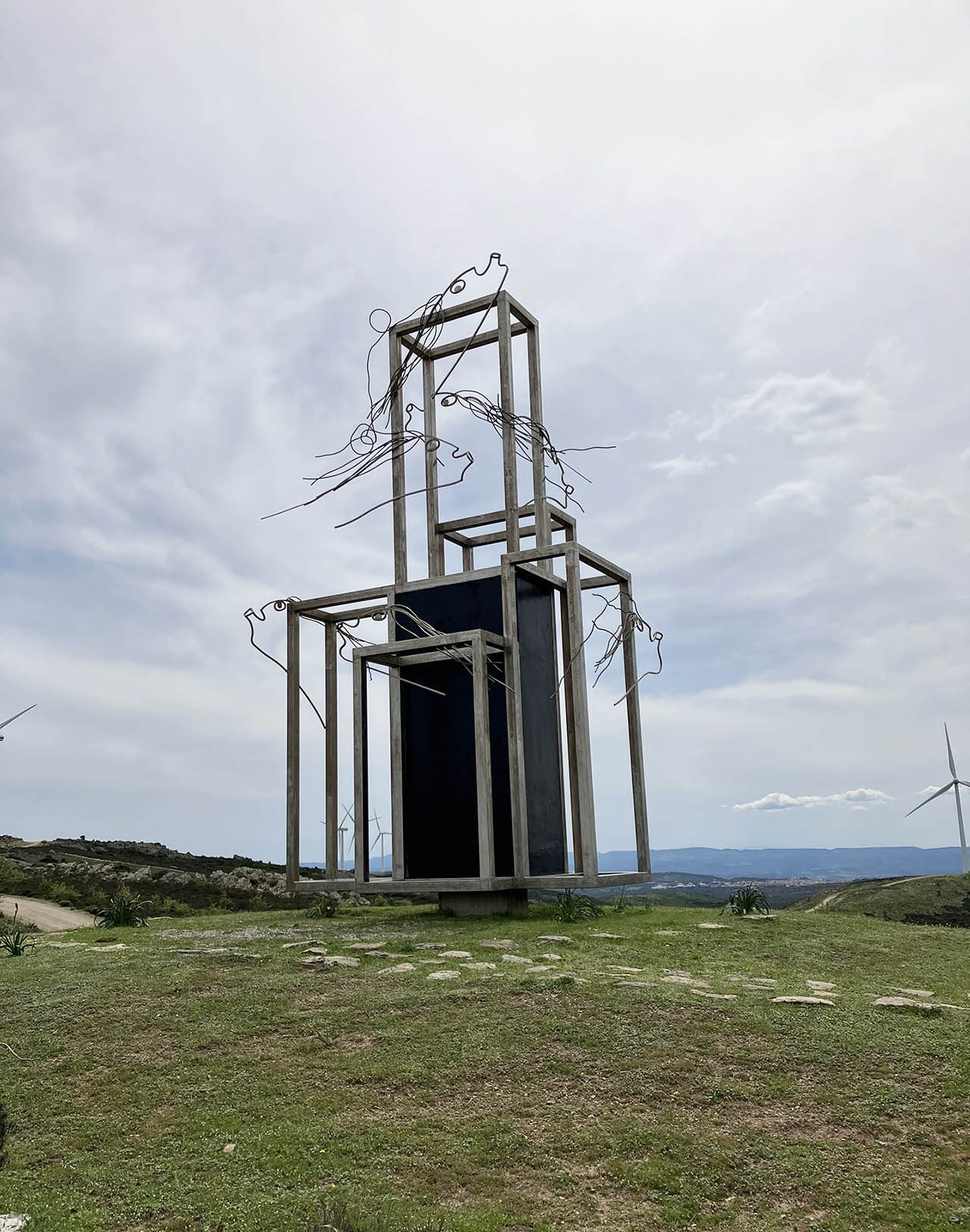
However, the link between art and wind does not end here. Because it is also thanks to the royalties from the wind farm that the municipality has been able to transform an old railway station abandoned many years ago into a foundation, and then into a museum space. Or, better, into the “Stazione dell’Arte”, as it has been named.
A place where more than 150 works are exhibited that Maria Lai has donated to the municipality and that allows visitors to experience the creativity of the artist – her sculptures, drawings in pencil and on porcelain, looms with weavings, her famous cloths, sown books, and the famous geography series. A museum which is the final destination of an artistic path that Lai had begun in agreement with the community of Ulassai in that distant 1981.
The Jerzu Social Winery
Having finished the museum visit, we suggest, after your many wanderings, to stop to enjoy the view of Ogliastra with a good glass of cannonau, the most famous red wine of the island which you will surely find in these parts. In this area at the beginning of the second half of the last century, a doctor by the name of Josto Miglior, now a legendary figure, founded together with other enlightened pioneers the “Cantina Sociale Jerzu”, which over time has become an established and important business, combining quality with the enhancement of the local area. For those interested in learning more, the Cantina Jerzu Antichi Poderi organises guided visits and tours of the old wine cellars.
